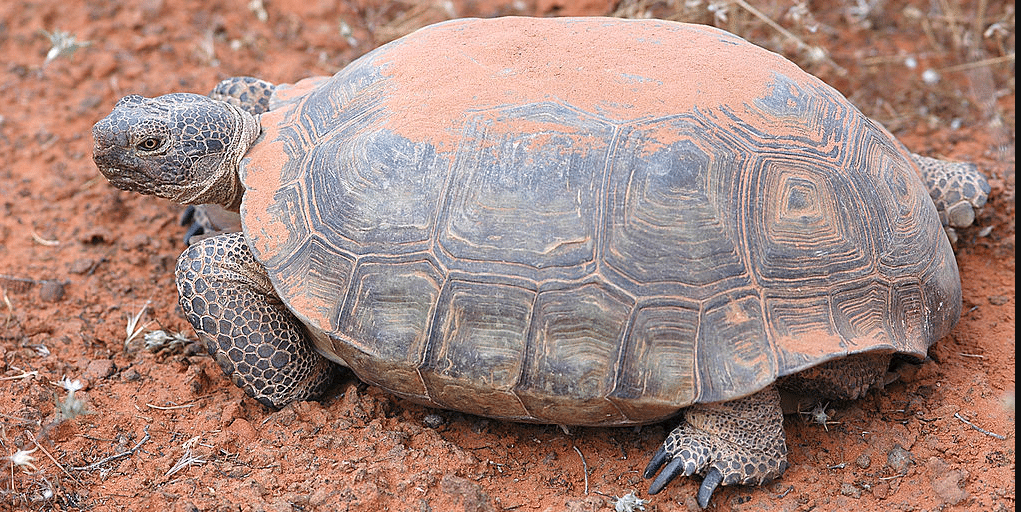It is easy to cast the Trump Administration as hostile to renewable energy. Trump’s statements on the campaign trail on solar and wind represented the worst and most outdated mythologies about these technologies, and since taking office his administration has attempted to ram through a process to support coal and nuclear power while pushing for deep cuts to clean energy research and development budgets.
However, it may be mistaken to look at the Trump Administration as anti-renewable energy. What may be more accurate is to describe it as is pro-coal, nuclear and oil, pro-development, and anti-regulation – particularly environmental regulation.
This latter characterization got more support yesterday when the U.S. Department of the Interior’s Bureau of Land Management (BLM) announced that it is starting a process to review and potentially amend the Desert Renewable Energy Conservation Plan (DRECP), and open up more of the nation’s public lands to wind, solar and broadband development.
“We need to reduce burdens on all domestic energy development, including solar, wind and other renewables,” said Principal Deputy Assistant Secretary for Land and Minerals Katharine MacGregor. “This process will help us find ways to make more federal land available for renewable energy projects as well as wireless broadband infrastructure.”
The DRECP was established in September 2016, following years of public process as a way to continue to allow renewable energy development on public lands while reducing the conflicts between conservationists and renewable energy developers, as well as limiting impact on sensitive species. The rule covers 10.8 million acres of BLM- managed land, mostly in the Western United States, and followed years of protracted legal battles that stopped several gigawatts of solar thermal electric and PV projects from being built in California.
In moving to review DRECP, BLM cites Trump’s Executive Order 13783, which calls for federal agencies to review all actions which could “burden the development or use of domestically produced energy sources”.
BLM plans to publish a notice in the Federal Register today that will open up a 45-day comment period on the rule.
While scrapping or amending DRECP could open up more land to renewable energy, it could also be bad for the solar and wind industries. Poorly sited larger renewable energy projects, including those which damage sensitive desert land or kill wildlife have a tendency to chip away at the strong public support which renewable energy has.
There is also the possibility that the main value of this move to the Trump Administration is to direct attention away from its other plans for public lands. One day before the BLM issued its move to reconsider DRECP, it issued a memorandum which conservationists say aims to eliminate public review and disclosure of environmental damage from drilling and hydraulic fracturing (“fracking”) on public lands, as well as to prevent the agency from taking keeping sensitive lands out of auctions.
This content is protected by copyright and may not be reused. If you want to cooperate with us and would like to reuse some of our content, please contact: editors@pv-magazine.com.









Me, I much prefer to see solar installed on houses and buildings where the electricity is used. No need for transmission lines. No need to decimate the beautiful desert lands. I have worked with California desert tortoises, these large solar installations are decimating the wildlife.